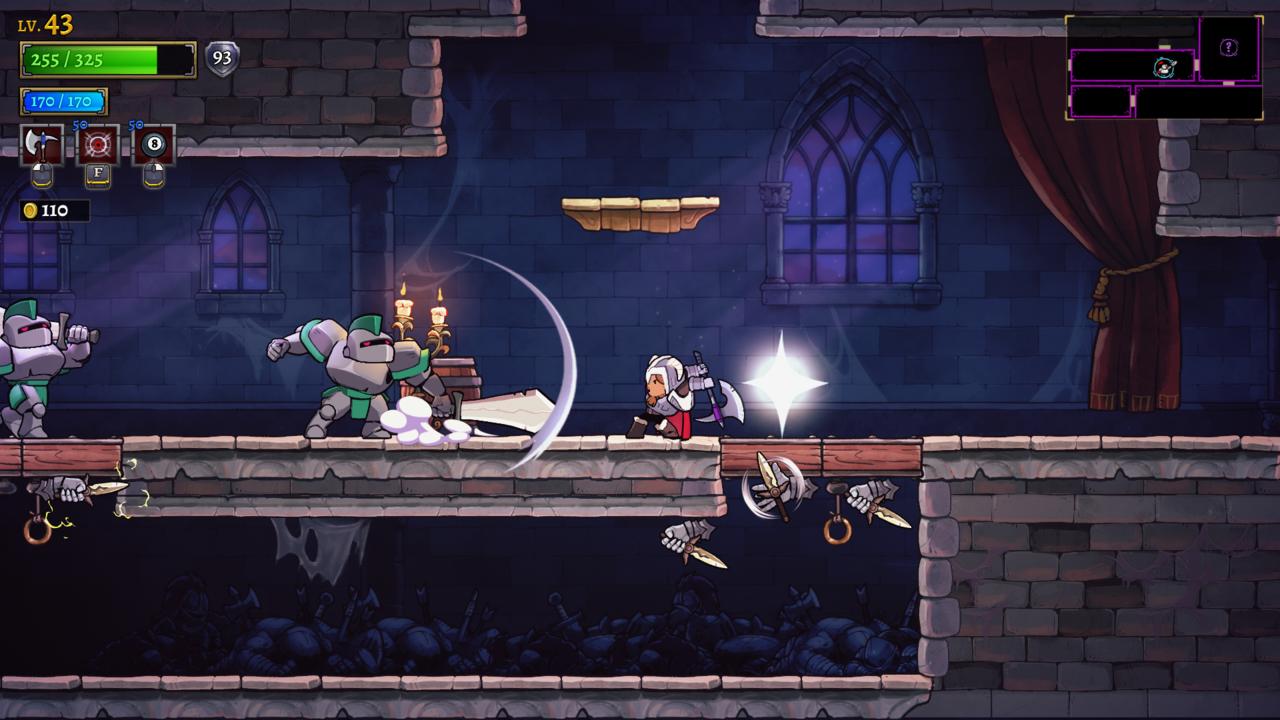

it starts to lock in a kind of 'value level'. "You've got people who now own these because they are commodities. Art sales, meanwhile, are not immune to the general retail trend of "self-facilitated trading" that cuts out middle people and, potentially, ownership paper trails. While the McCahon Trust endeavours to keep track of sales (and asks people to make contact if they have sold or purchased), Carr says some works had now changed hands multiple times. All his residences have been well picked over now." but it would be strange if there were a very large number of previously undiscovered works turning up. "And I know Colin had a habit of giving people paintings, and he'd been over to the United States and Holland, so it's not implausible that works will pop up. Carr recalls his older brother renting the artist's home after his death and finding "three or four" works tucked under the house. The emergence of "lost" McCahon paintings was always a possibility. they'd have to have done a lot of homework, if they had constructed a fake, to be able to locate it within a period that fitted within the existing and known narrative." "If someone tried to present work as being a new, previously undiscovered McCahon. "Already, that's enough to create some potential confusion." "There is a lot of work out there that has been influenced by McCahon, stylistically speaking," observes Carr. Integration, hybridisation and appropriation all contribute to new art - but you can, literally, see where it is coming from. Students work from "artist models" learning how and why paintings are made and emulating technique. There may even be value in mystery."Īrt begets art. "We're entering into a period of time when both buyers and sellers have interests in maintaining uncertainty, perhaps. "It may be that we're at the leading edge of this becoming an actual issue," says Carr, one of the artist's grandchildren. How many fake McCahon's are in circulation? Does heightened buyer interest in his work increase the possibility that more forgeries might enter the market? Meanwhile, in 2020, a painting created and sold in New Zealand as a McCahon tribute somehow ended up being resold in a London auction house with the original artist's signature sliced off the bottom and a forged McCahon signature and date added.
#Rogue legacy paintings series#
The work was from the same series as a different painting that local experts had labelled highly likely to be fake when it came up for sale four years earlier in the UK.

Last year, the Weekend Herald reported an Auckland auction house had hit pause on an $87,000 McCahon sale, while it tried to establish ownership history of the painting. And, in New Zealand, Colin McCahon-related mysteries are on the rise. Photo/SuppliedĪrt mysteries make great headlines. "ĭetail from St Matthew: Lightning, the Colin McCahon painting that fetched a record $1.9m (including buyer's premium) at an Art+Object auction last November. Trust chairperson Peter Carr: "The research committee had a look and satisfied itself on the balance of probability that it was likely to be the original piece. Despite the absence of a validating image on a database of the artist's works, it had been authenticated by the Colin McCahon Research and Publication Trust. Further inquiries by the Weekend Herald quashed concerns. The impetus for this story was a phone call from an individual (who spoke on condition of anonymity) questioning the authenticity of a newly marketed McCahon. One art sales database calculates that, in 2021, buyers paid almost $50 for every square centimetre of McCahon that went under the hammer.Īnd where the market goes, so do the forgers. Last year, a painting by New Zealand's foremost modernist broke all previous auction house records, selling for $1.9 million. But the quest to copy McCahon is, according to major Auckland art dealers, both ongoing and concerning. In 1978, the Upper Hutt city councillor's loathing of modern art - and the claim he could knock up a replica in his lunch break - led to a national television event. It took Harcourt Chenoweth Werry exactly 13 minutes and 20 seconds to discover he could not paint like Colin McCahon. Kim Knight talks to the experts about fakes, forgeries and why it's actually really hard to copy a McCahon. The art market is running hot, but buyer beware.


 0 kommentar(er)
0 kommentar(er)
